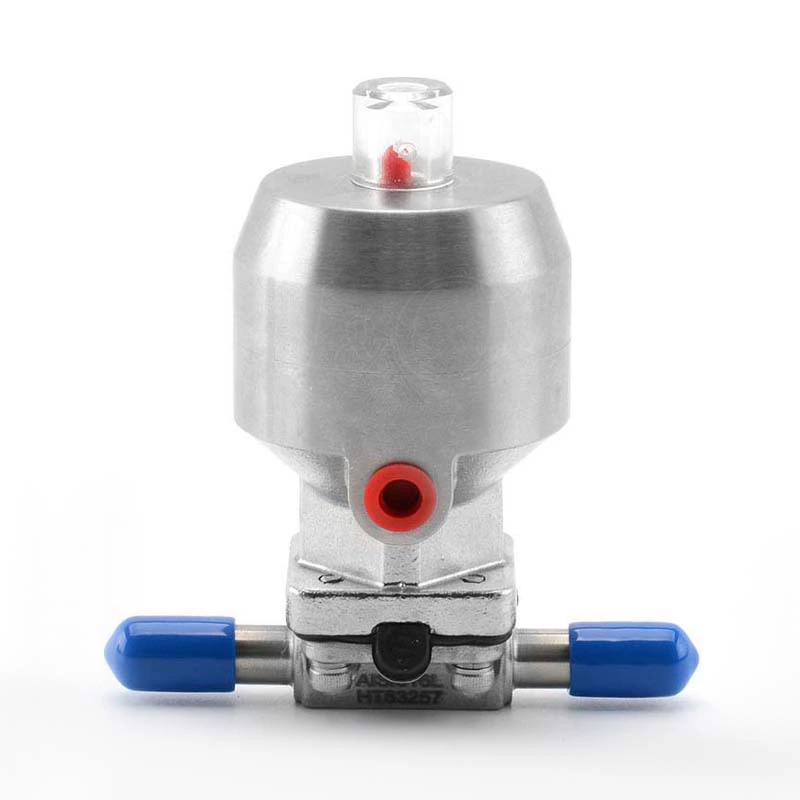Sanitary Valve Models And Specifications
Sanitary Valve, as a common industrial valve, play a vital role in various industries. Depending on the application and needs, flange valve models and sizes vary. Understanding flange valve models and sizes is crucial when purchasing and using them. The following provides a detailed introduction to flange valve models and sizes to help you choose and use them effectively.
1. Models
Flange valve models are primarily named based on their structure, actuation, and connection type. Common flange valve models include globe valves, regulating valves, ball valves, butterfly valves, and check valves. For different working conditions, the appropriate flange valve model must be selected to meet process requirements.
1. Globe Valve: A globe valve is used to shut off the flow of a medium. Its model number is generally named based on its structure. Examples include straight-through globe valve, angle globe valve, and wafer globe valve.
2. Regulating Valve: A regulating valve is used to adjust the flow and pressure of a medium. Its model number is generally named based on the valve's regulation method. Common regulating valve models include manual regulating valves, pneumatic regulating valves, and electric regulating valves.
3. Ball Valve: A ball valve controls the flow of media by rotating the valve core. Models are generally named based on the valve's structure and connection method. Common ball valve models include full-pass ball valves, fixed ball valves, and three-way ball valves.
4. Butterfly Valve: A butterfly valve controls the flow of media and regulates flow by rotating the valve disc. Models are generally named based on the valve's connection method and actuation method. Common butterfly valve models include flanged butterfly valves, welded butterfly valves, and manual butterfly valves.
5. Check Valve: A check valve prevents reverse flow of media by using the weight of the disc or the pressure of the media. Models are generally named based on the valve's structure and connection method. Common check valve models include sanitary check valves, brass check valves, and pedal check valves.
II. Specifications and Dimensions
The specifications and dimensions of flanged valves generally include the valve diameter, overall length, overall width, and overall height. These dimensions directly affect the valve's installation and operation. When selecting and using flanged valves, it is important to choose the specifications and dimensions that meet your specific operating conditions and requirements.
1. Valve Caliber: Valve caliber refers to the diameter of the fluid passage within the valve. Common sizes include DN15, DN25, and DN50. The caliber size affects the valve's flow characteristics and operating pressure differential.
2. Overall Length: Overall length refers to the total length of the valve from the flange connection to the valve end, typically expressed in millimeters (mm). The overall length is related to the installation space available for the valve in the piping system.
3. Overall Width: Overall width refers to the distance between the valve flange connection surfaces, i.e., the horizontal dimension of the valve. The overall width is also related to the installation space available for the valve in the piping system.
4. Overall Height: Overall height refers to the height from the flange connection surfaces to the top of the disc, i.e., the vertical dimension of the valve. Overall height affects the valve's opening height and its coordination with other equipment.
By understanding the model and specifications of flanged valves, we can better understand their characteristics and applicable scope, allowing us to select and use valves that meet our needs. When purchasing, we need to combine the specific working conditions and process requirements, select the appropriate valve model and specification size, and install and maintain it according to the actual situation to ensure the normal operation and use effect of the valve.
